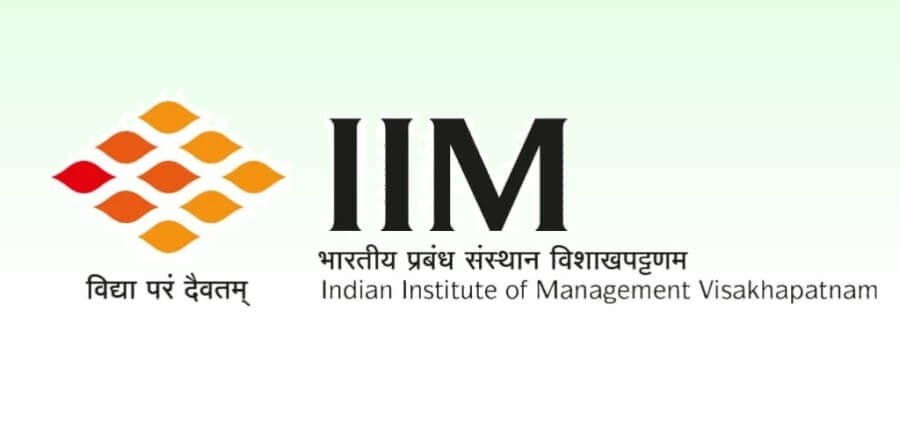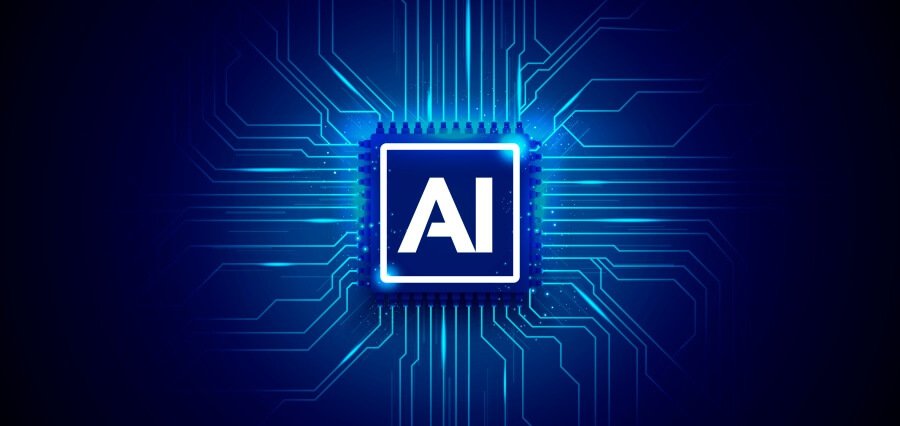Digital Literacy
In our fast-paced and interconnected world, the importance of Digital Literacy cannot be overstated. As technology continues shaping every aspect of our lives, empowering students with the skills to navigate the digital landscape becomes crucial to their education.
Let’s delve into the significance of digital literacy, its impact on students, and how it prepares them for the challenges and opportunities of the digital age.
Understanding Digital Literacy
Digital literacy extends beyond the mere ability to use computers or mobile devices. It encompasses a range of skills that enable individuals to critically engage with digital content, evaluate information, and navigate online platforms effectively. Digital literacy is about technology and using it wisely and responsibly.
Navigating the Digital Landscape
In a world where information is at our fingertips, students need the skills to navigate the vast digital landscape. Digital literacy empowers them to search for information efficiently, critically evaluate sources, and discern between credible and unreliable content. These skills are fundamental in an age where misinformation can spread rapidly.
Ensuring Responsible Online Behavior
Digital literacy goes hand in hand with promoting responsible online behaviour. Students learn about digital ethics, cyberbullying awareness, and respecting privacy. Instilling these values ensures that students become responsible digital citizens, contributing positively to online communities and creating a safer digital environment for everyone.
Mastering Online Communication
Effective communication has evolved in the digital age, and digital literacy plays a key role in mastering online communication. From email etiquette to participating in online discussions, students learn how to express themselves clearly and professionally in various digital contexts. These skills are not only applicable in academic settings but also in future professional endeavours.
Embracing Technological Tools for Learning
Digital literacy enables students to embrace a variety of technological tools for learning. From online research and virtual collaboration to utilising educational apps, students can leverage technology to enhance their educational experience. Integrating these tools into the learning process prepares students for a future where technology is deeply embedded in various professions.
Enhancing Critical Thinking Skills
In the digital realm, where information comes from diverse sources, critical thinking skills are essential. Digital literacy encourages students to question, analyse, and evaluate information critically. This ability to think critically in the digital space is a valuable asset, enabling students to make informed decisions and navigate complexities in various aspects of their lives.
Bridging the Digital Divide
Digital literacy is a powerful tool in bridging the digital divide – the gap between those with access to technology and those without access. By equipping students with digital skills, irrespective of their socio-economic background, we empower them to participate more fully in the digital age. This inclusivity is crucial for creating equal opportunities in education and beyond.
Safeguarding Against Cyber Threats
In the digital age, where technology brings immense benefits, it also introduces new challenges, particularly cybersecurity. Digital literacy educates students on recognising and safeguarding against cyber threats. This knowledge is protective in personal online activities and prepares students for an increasingly digitised professional landscape.
Fostering Adaptability in a Rapidly Changing Landscape
Digital literacy is not just about the current state of technology; it’s about preparing students for the future. In a world where technology evolves rapidly, fostering adaptability becomes crucial. Digital literacy equips students with a foundational understanding of technology, enabling them to adapt to new tools and platforms as they emerge.
Encouraging Lifelong Learning in the Digital Realm
Digital literacy instils a mindset of lifelong learning in the digital realm. Students learn that technology is not a static entity; it’s a dynamic force that requires continuous exploration and adaptation. This attitude towards learning ensures that students remain agile and capable of acquiring new digital skills.
Addressing Online Information Overload
With the vast amount of information available online, students may face challenges related to information overload. Digital literacy helps them develop strategies to manage and filter information effectively. This skill is essential for maintaining focus, avoiding misinformation, and extracting valuable insights from the vast digital repository.
Integrating Digital Literacy into Formal Education
To maximise the benefits of digital literacy, it needs to be integrated seamlessly into formal education. Educational institutions should incorporate digital literacy programs into their curricula, ensuring students receive systematic and comprehensive instruction. This integration prepares students not only for academic success but also for their future roles as informed and responsible digital citizens.
Partnering with Parents and Communities
Digital literacy is a collaborative effort that extends beyond the classroom. Schools should actively engage parents and communities in promoting digital literacy. Workshops, awareness programs, and collaborative initiatives can create a supportive environment where students and their broader communities are well-versed in digital literacy.
The Future: A Digital Odyssey
As we journey into an increasingly digitised future, the significance of digital literacy will only grow. It is not just a skill; it’s a necessity for thriving in the digital age. By empowering students with digital literacy, we equip them to direct the complexities of the digital landscape, ensuring they are not just passive consumers but active, informed contributors to the digital odyssey that lies ahead.





